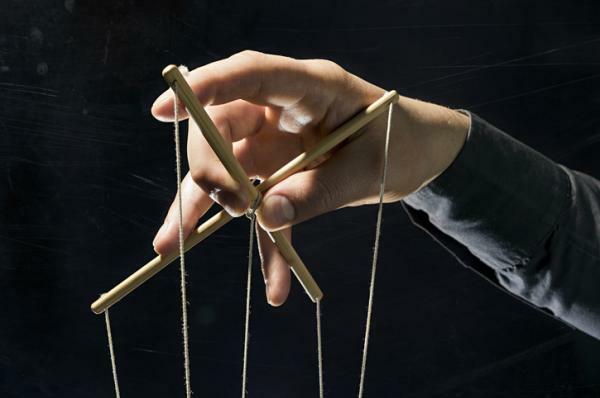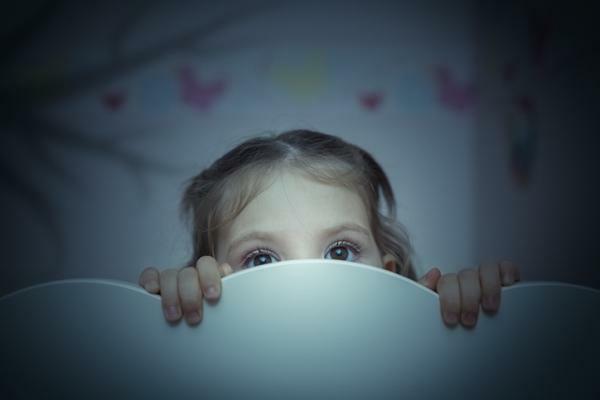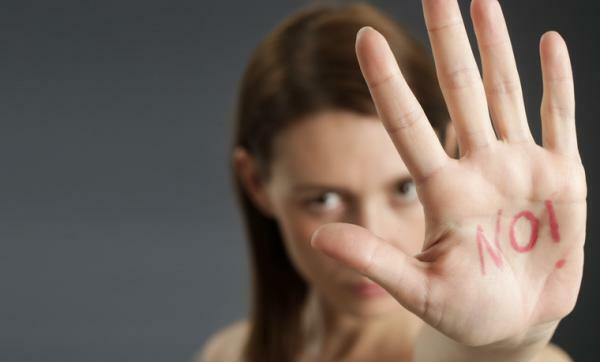
Puppets are often an element of our childhood and we may associate it with positive and entertaining memories. However, there are people who end up developing fear of puppets and marionettes. Fear is a normal human response, but in cases where this response is disproportionate and limits us, we would be talking about phobias. There are many and very varied phobias of things that we would not even believe. Among them, the phobia of puppets. If you want to continue learning about this phobia, be sure to read our Psychology-Online article: Fear of puppets or pupaphobia: symptoms, causes and treatment.
Fear is a basic and universal emotion of human beings. This emotion has an adaptive function, since it protects us from exposure to dangers and threats in the environment. All of us are afraid at times and this fear is usually of different stimuli. For example, there are people who are afraid of puppets.
What is the fear of puppets called?
But what is the fear of puppets called? The fear of puppets is called
What is the fear of puppets?
Pupaphobia is the intense, persistent and unwarranted fear to the puppets and marionettes. Pupaphobia is a phobia that is part of automatonophobia, which is the fear of everything that falsely represents or symbolizes a sensitive being, such as the fear of statues. Within the automatonophobia, the pupaphobia or fear of puppets, the coulrophobia or fear of clowns and pediophobia or fear of dolls. Therefore, pupaphobia is a specific phobia and belongs to the category of anxiety disorders.
The symptomatology of pupaphobia is similar to the rest of phobias in general, except that in this case the feared or phobic stimulus is puppets or marionettes. People with pupaphobia always have an intense fear of exposure to puppets or marionettes and actively try to avoid this exposure. The anxiety response is usually disproportionate and exaggerated, and the person may suffer panic attacks. The symptoms of fear of puppets can be grouped as follows:
- Physical symptoms: symptoms of physiological activation such as sweating, nausea, tachycardia, dizziness, headache, stomach pain, etc. These symptoms appear when the person is exposed to the puppets or thinks in advance of being exposed.
- Psychological symptoms: distorted and catastrophic thoughts regarding puppets, nightmares and feelings of impotence, since the person is aware that fear is irrational but is unable to control it. This impotence can lead to self esteem issues.
- Behavioral symptoms: avoidance or escape behaviors before the puppets. Avoidance behaviors appear when the person resists exposure to puppets, while escape behaviors appear when the person flees from the presence of puppets.
A similar fear may be the fear of mice or musophobia.
Regarding the reason for pupaphobia, different possible causes have been identified that would explain this irrational fear of puppets:
- Trauma in childhood. Throughout childhood, you have different fears depending on your age. These fears are part of normal development in this vital stage, they are called evolutionary fears. However, childhood fears can become traumatic from negative experiences. In childhood, having an unpleasant episode with a puppet in a performance or seeing a puppet performed in a terrifying way can trigger an excessive fear of puppets. In addition, at this age the imagination is greater, which contributes to the development of a phobia from a negative experience.
- Cultural origin: the rejection that exists in some cultures towards puppets or dolls in general, can favor and influence the appearance of this phobia in a person who lives in this environment.
- Theory of the "disturbing valley" of Masahiro Mori. Mori is a professor in the field of robotics who in the 1970s theorized that robots or dolls that get too close to the human form and the behaviors of human beings cause a response of rejection and even fear in beings humans. Therefore, the origin of pupaphobia could be that the puppets resemble human beings and this can be disturbing for some people.
- "The sinister" or "The ominous" by Sigmund Freud. The famous psychoanalyst Sigmund Freud introduced the concepts of the sinister or the ominous in 1919. With these concepts, reference is made to the rejection that an inanimate object generates the more it resembles human beings and the person himself, being able to remind us about our mortality.
- Terrifying characterization of the puppets. Some puppets have been created and shown in entertainment media, such as film and literature, as wicked and terrifying. That is why some people as a result of seeing or reading about them have developed a fear of puppets.

This article is merely informative, in Psychology-Online we do not have the power to make a diagnosis or recommend a treatment. We invite you to go to a psychologist to treat your particular case.
If you want to read more articles similar to Fear of puppets or pupaphobia: symptoms, causes and treatment, we recommend that you enter our category of Clinical psychology.


